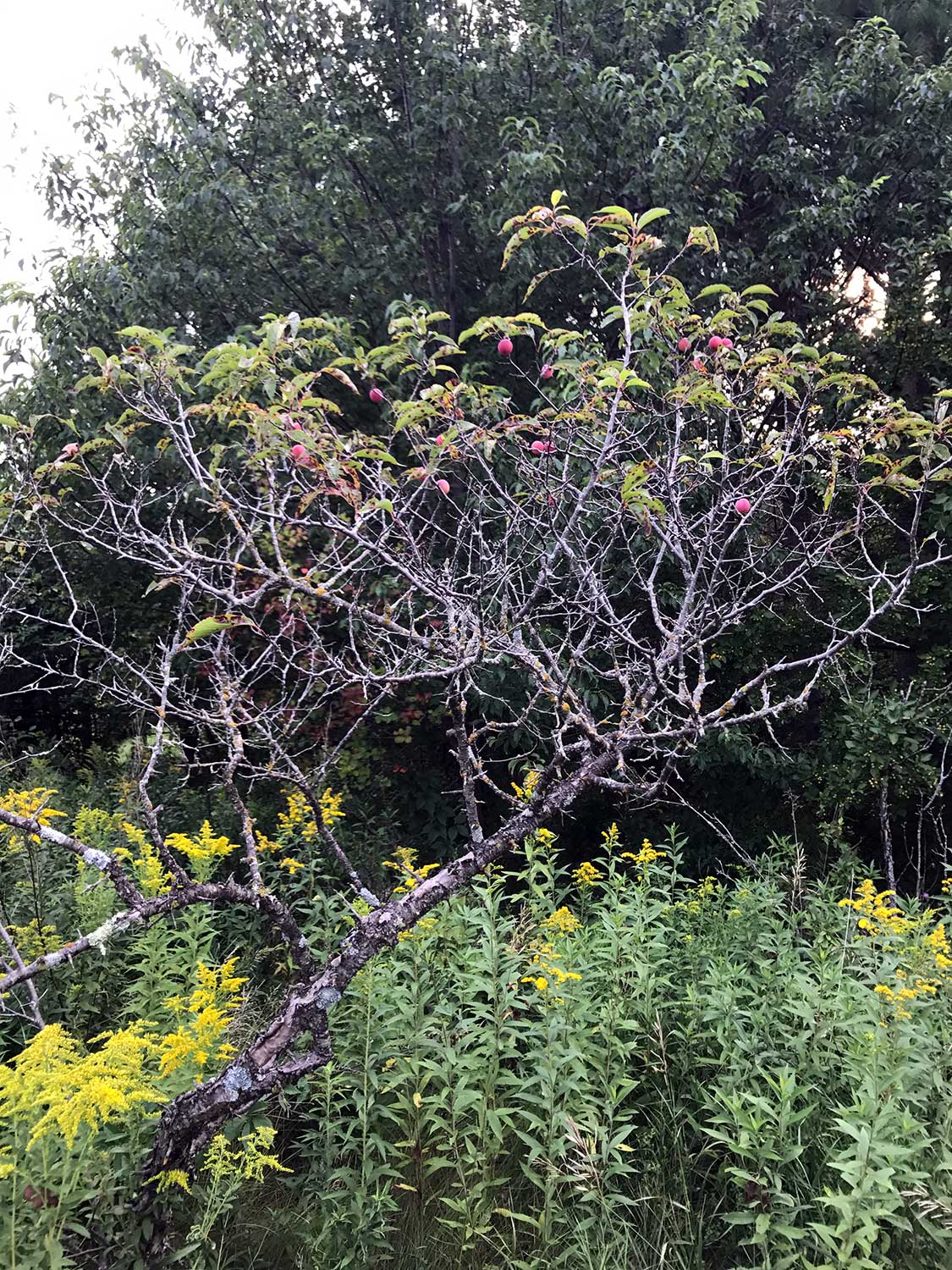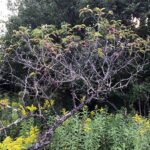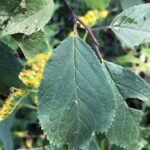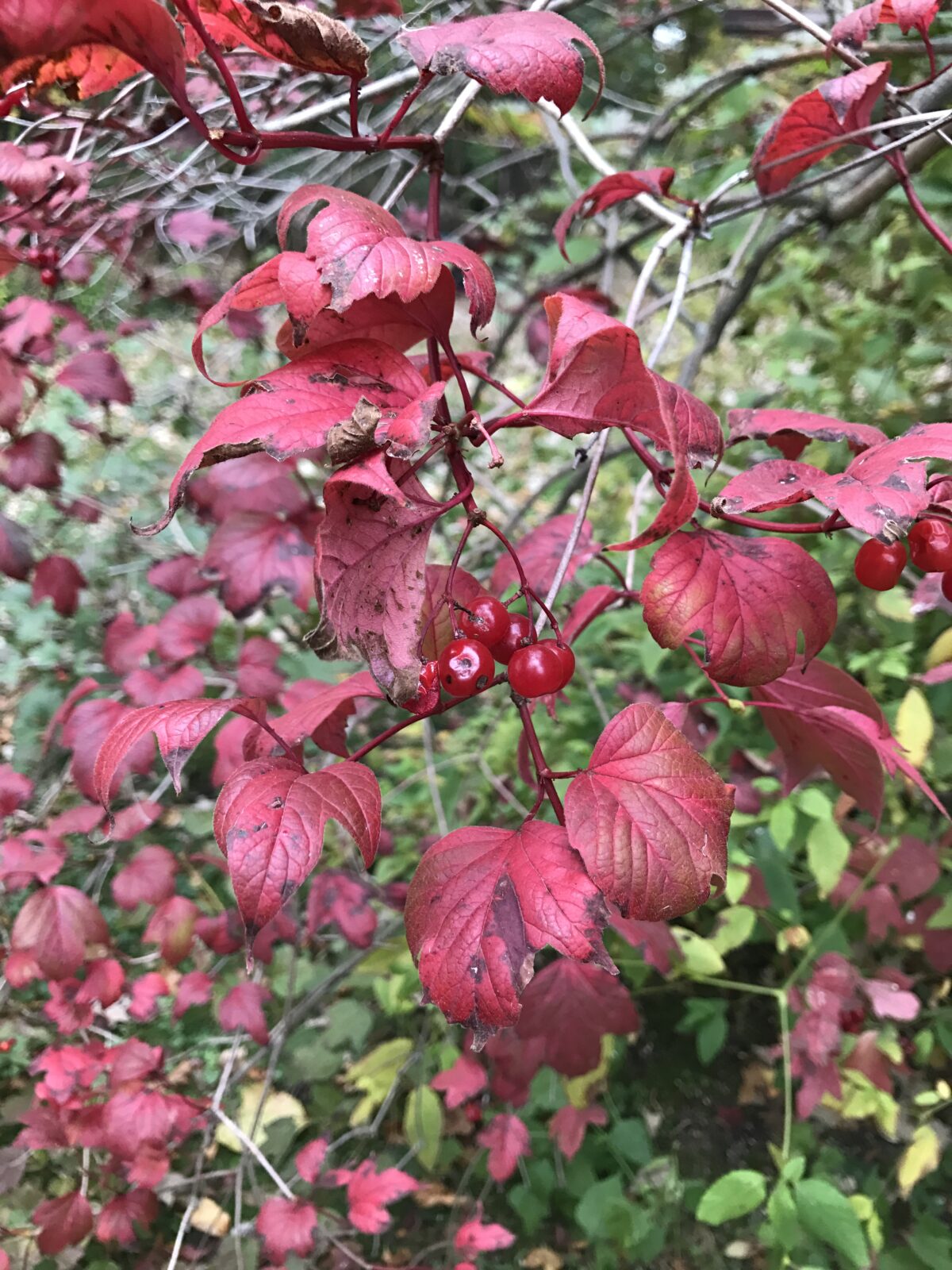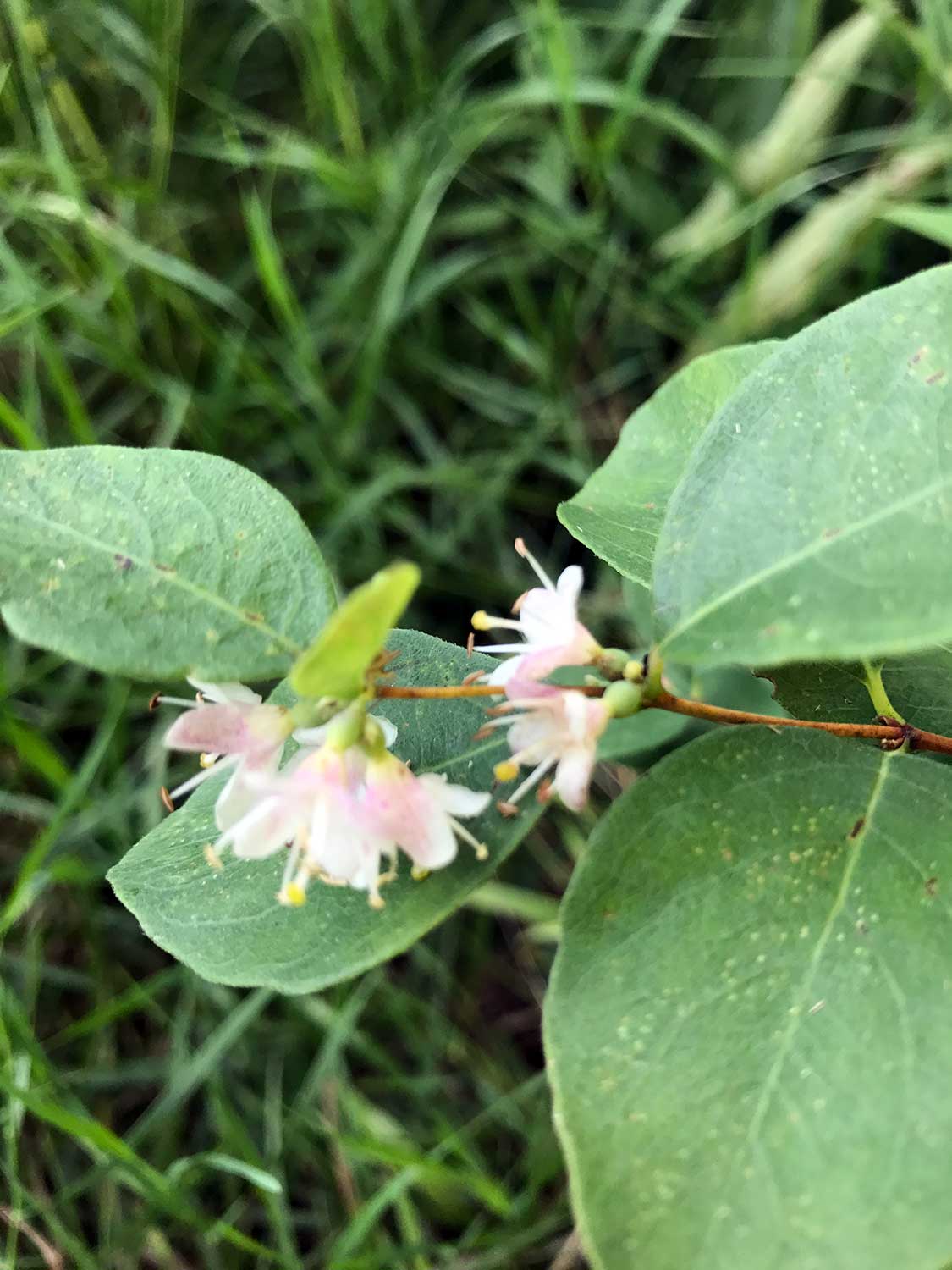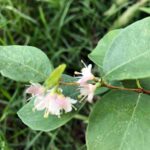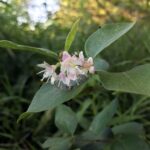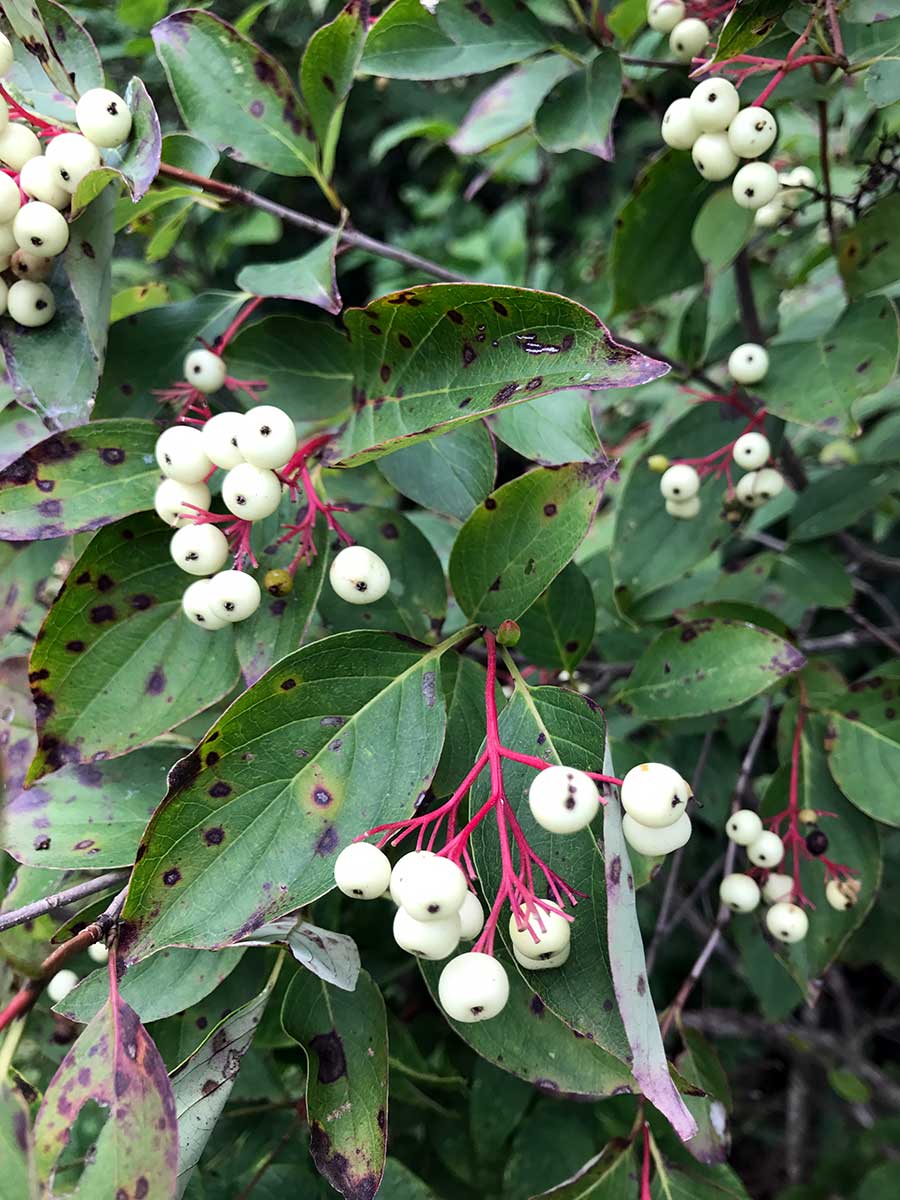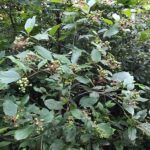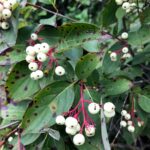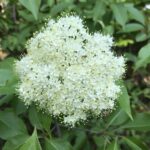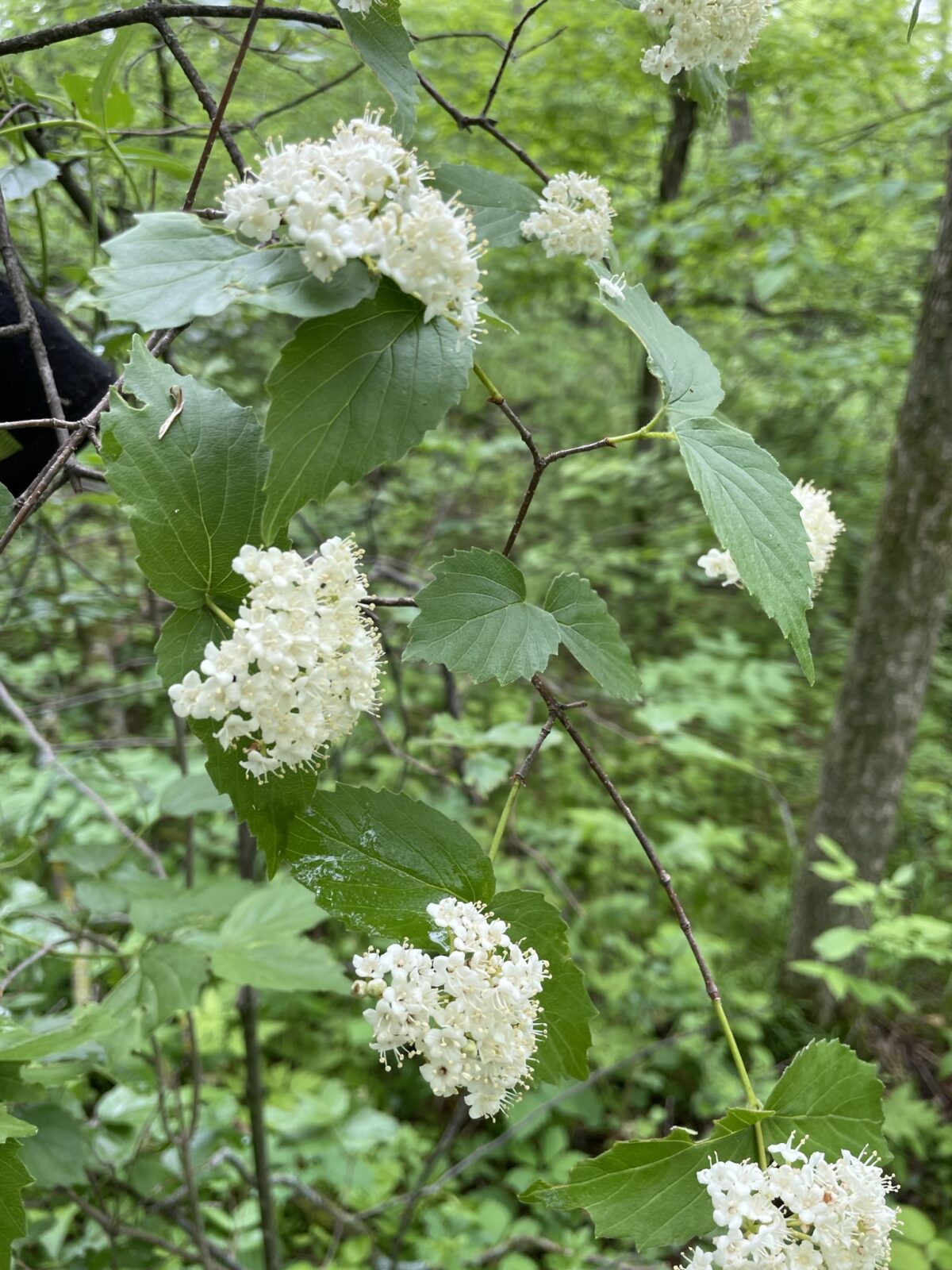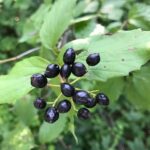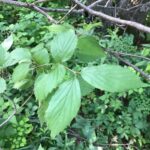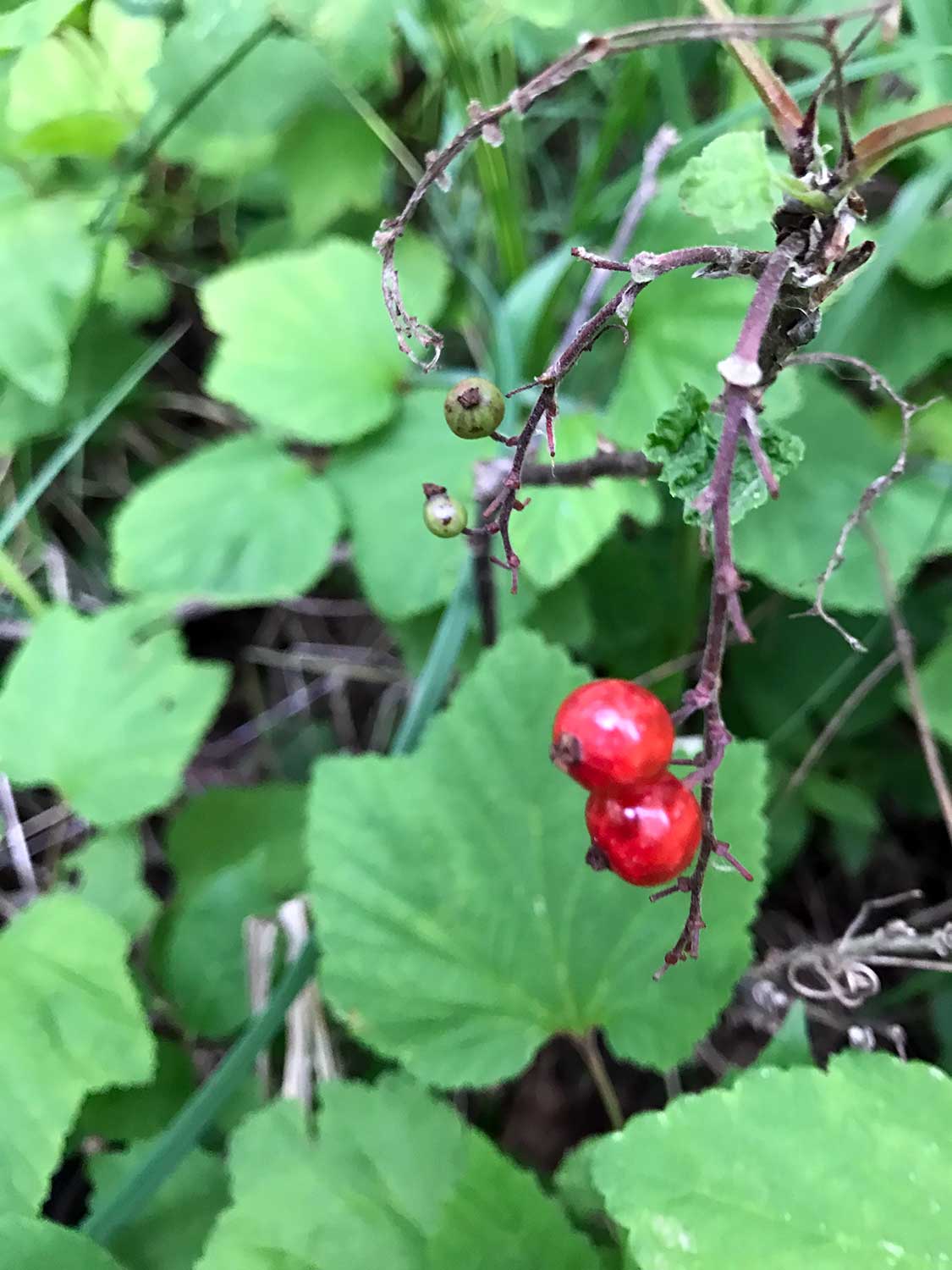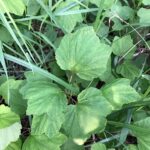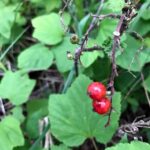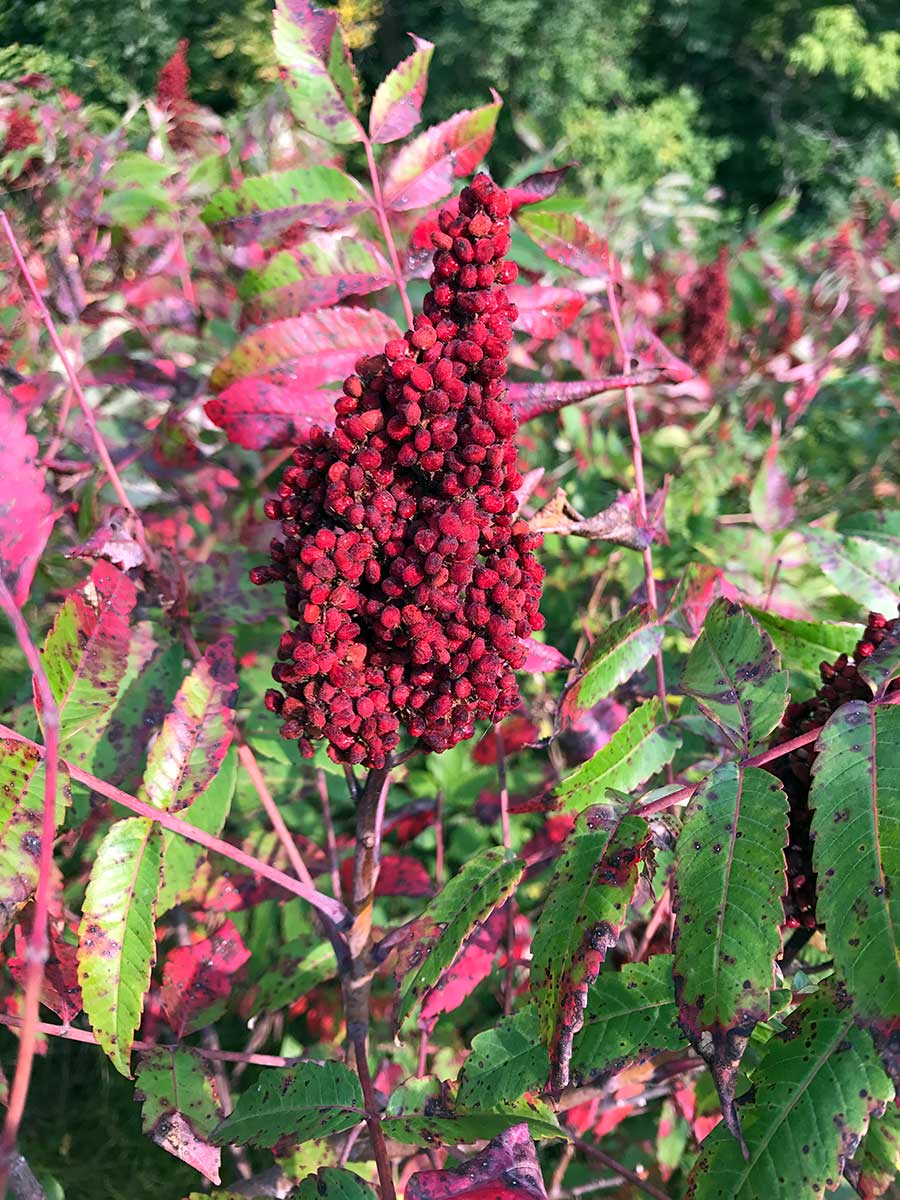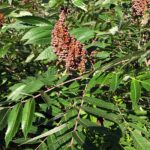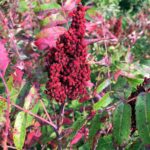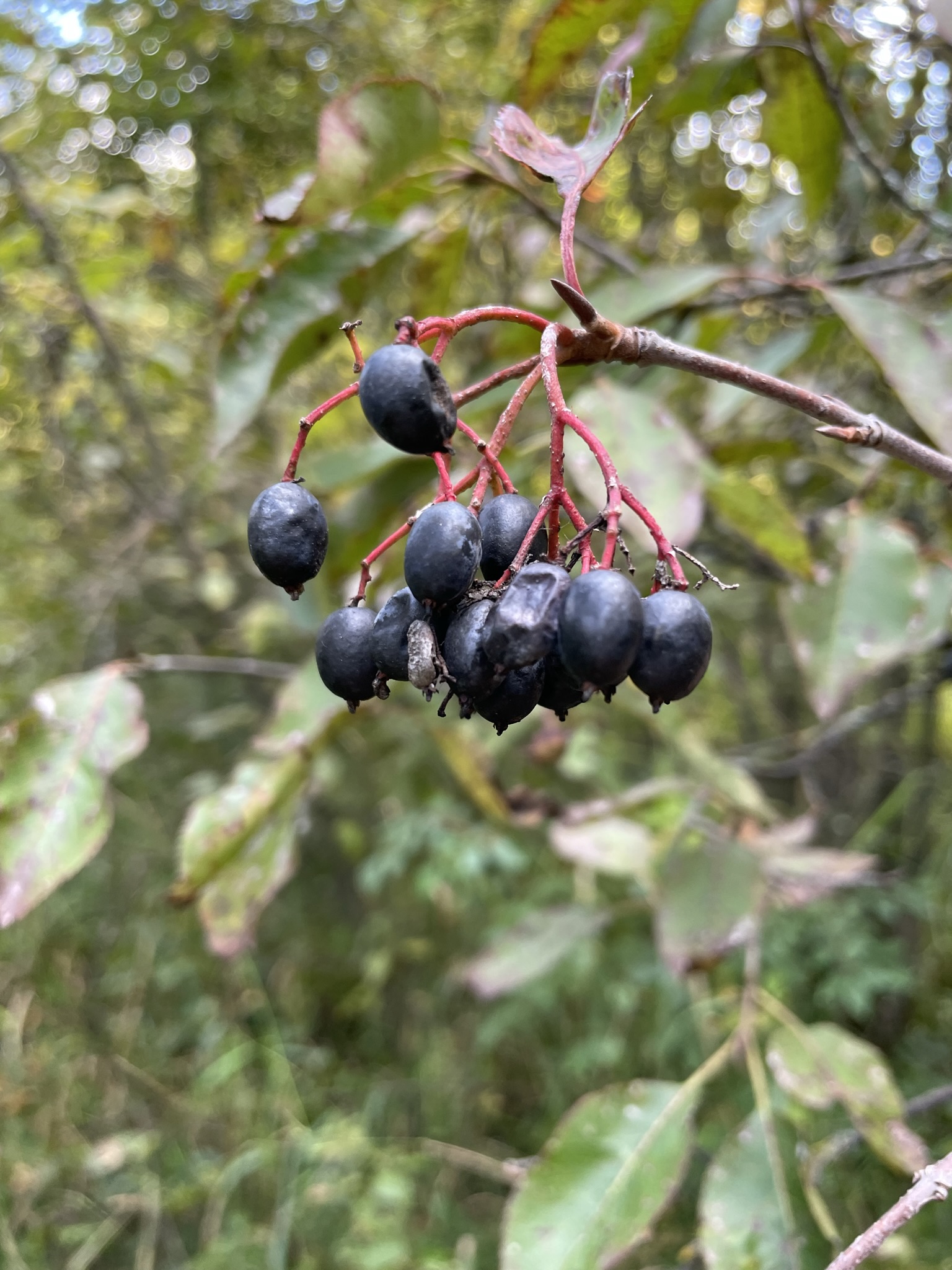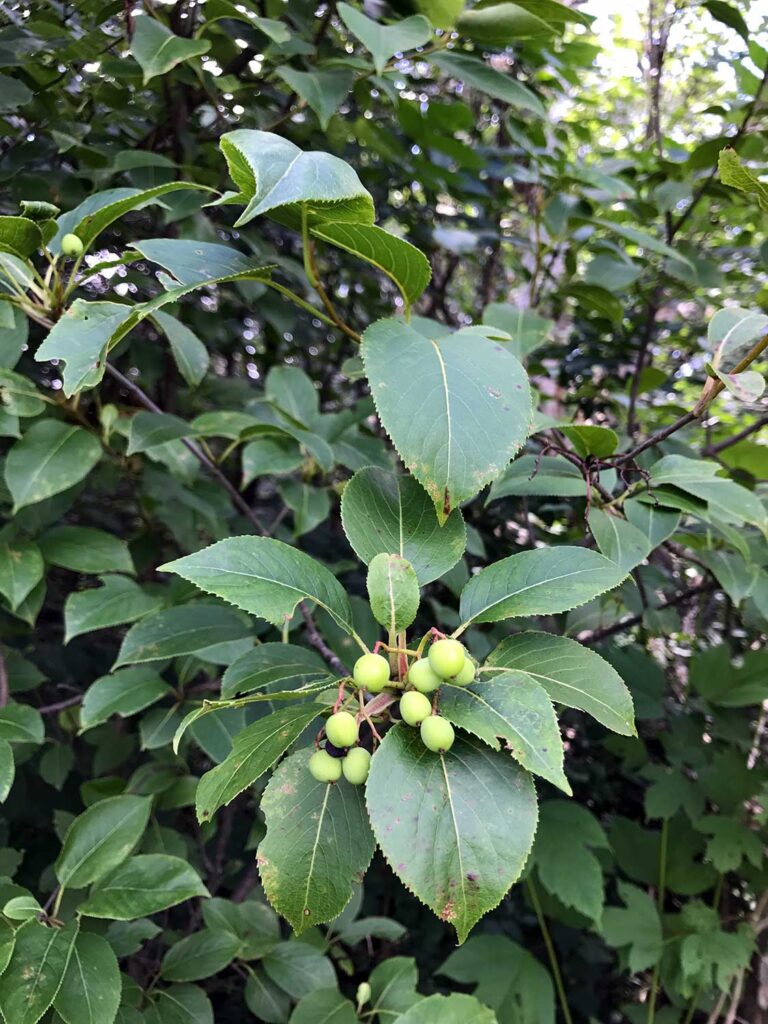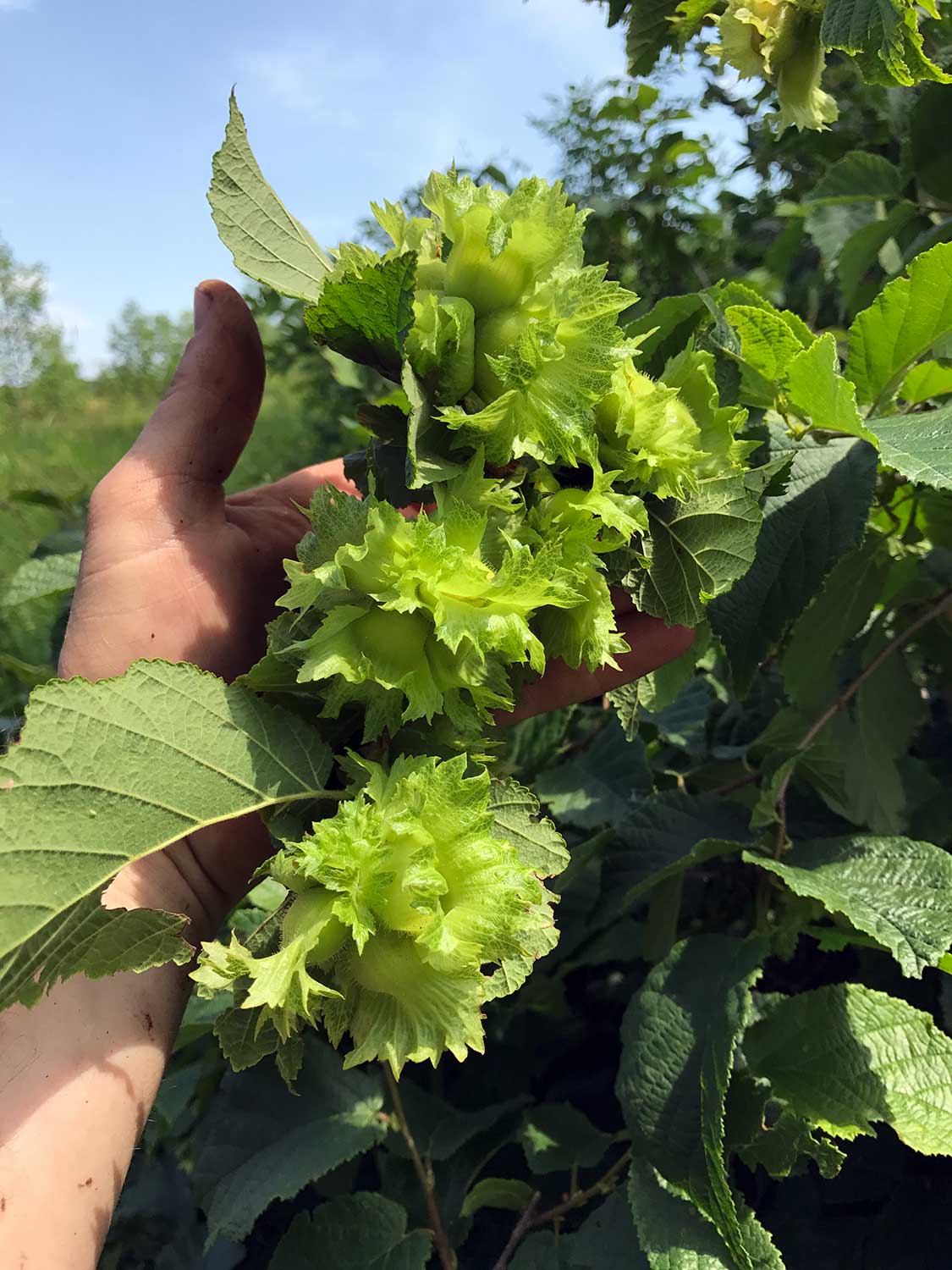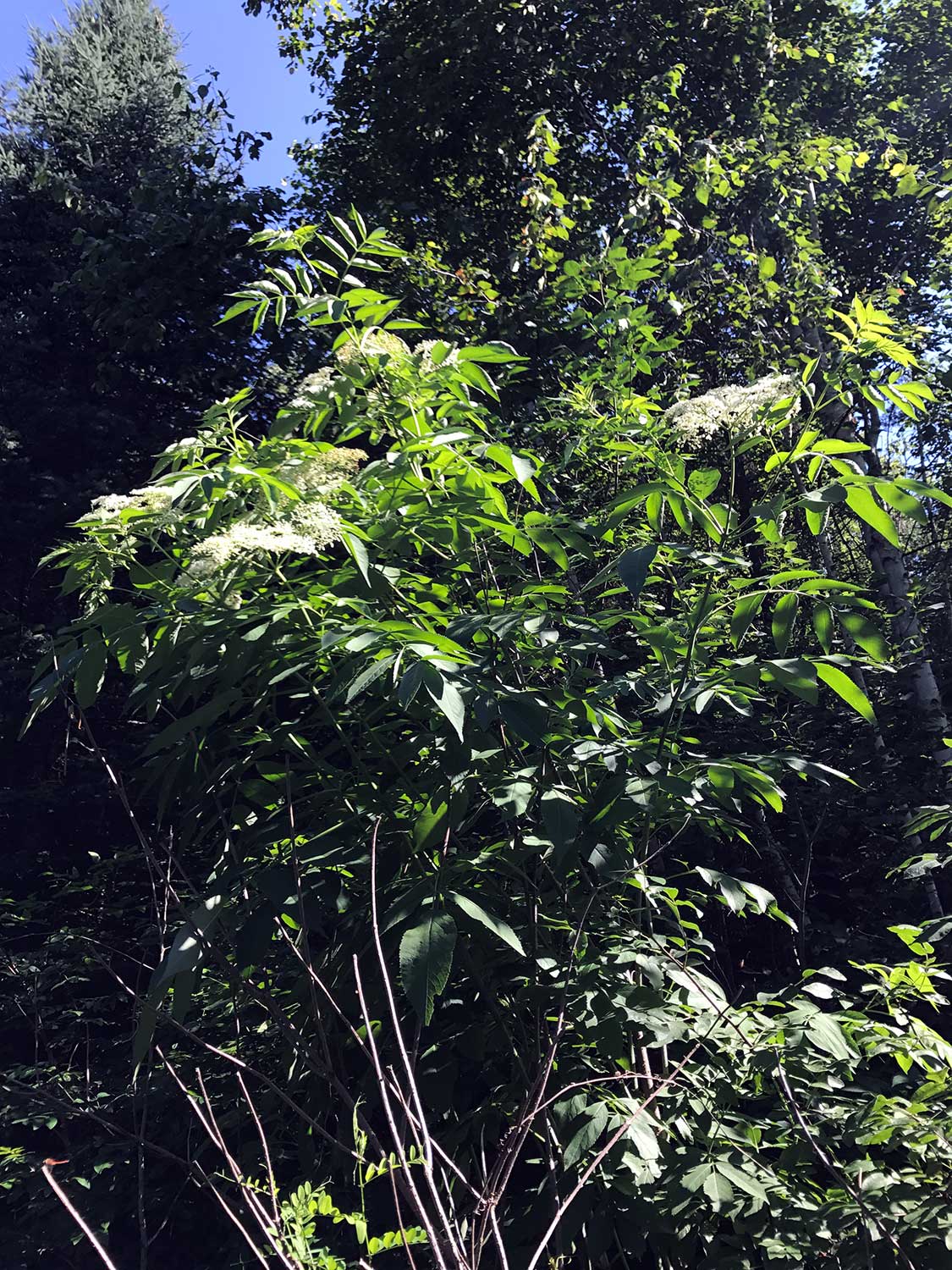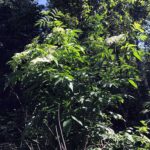Native To State: YES
Naturally Occurring: YES
Description
Appearance: Prunus nigra is a deciduous shrub or small tree with white flowers and red or purple fruit.
Leaves: The leaves are elliptical, serrated, and finely toothed, similar to those of Prunus americana. Leaves have glands on the leaf stalk which differentiates it from the American Plum.
Flowers: Canada plum produces small, white flowers with five petals that appear in clusters.
Fruit: The fruit is a round, fleshy drupe that is typically red or purple when mature.
Habitat: It is commonly found in a variety of habitats, including woodlands, edges of forests, and along streams, similar to Prunus americana.
Distribution: This species is native to North America.
Distinguishing Prunus americana from Prunus nigra: Prunus americana and Prunus nigra are similar in appearance, but their fruit color can be a distinguishing factor. Prunus americana typically has red or yellowish fruit, while Prunus nigra usually has red or purple fruit. Additionally, detailed examination of the leaves and flowers can help in accurate identification.
Occurrence
Found in various places on the property

